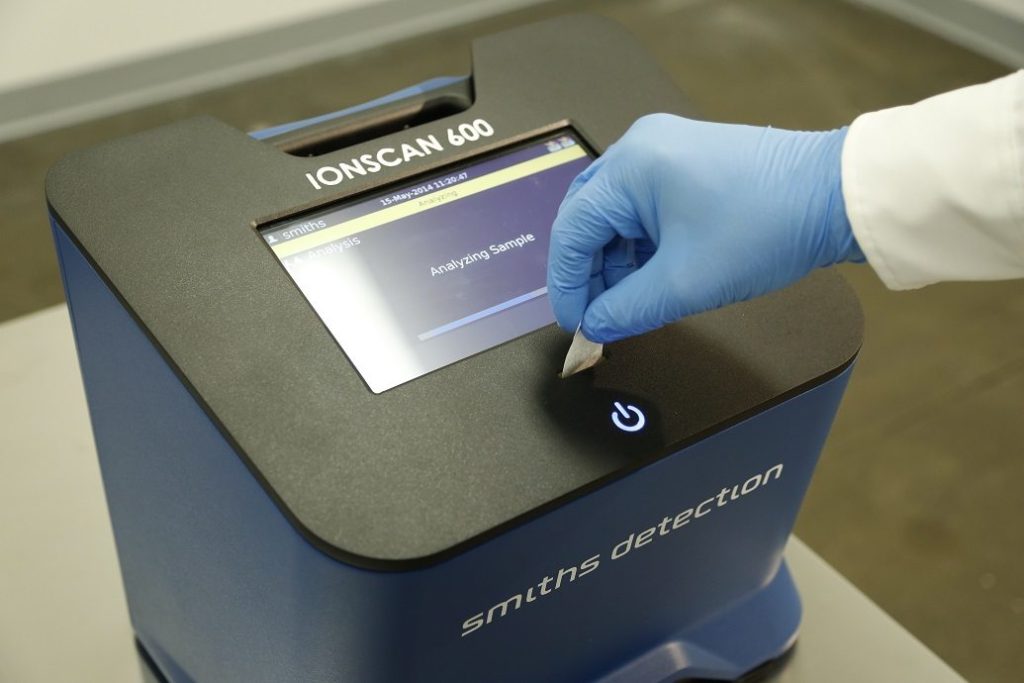Smell detectors capable of identifying illegal drugs such as spice and fentanyl could soon be installed in the homes of criminals and prison cells as part of a radical shake-up of how offenders are monitored.
The high-tech sensors designed using synthetic brain cells and artificial intelligence to mimic the human sense of smell are among a wave of new technologies being considered by the Ministry of Justice (MoJ) to tackle drug use and reoffending. The devices were unveiled at a presentation to Lord Timpson, the probation minister, by tech firms shortlisted in a government competition to modernise the criminal justice system.
The smell detectors are part of a wider vision to use emerging technologies to impose what ministers have called a digital prison for those serving sentences in the community. Alongside the detectors, AI-powered cameras could be installed in offenders’ homes to monitor behaviour and ensure compliance with licence conditions.
The initiative follows recommendations from an independent sentencing review, accepted by the Labour government, to reduce prison overcrowding by shifting more offenders onto community-based sentences.
Lord Timpson said the justice system was “working in analogue while tech drives forward a new digital age,” adding: “That’s why we have invited companies to present bold new ideas to help us deliver tough punishment and enhanced surveillance. Embracing new technologies will help us to protect victims, reduce reoffending and cut crime as part of our change plan.”
Smell detectors among shortlisted innovations
Among the shortlisted innovations were; AI smell detectors for identifying banned substances in prisons and homes, behaviour-tracking cameras in offenders’ residences, alcohol tags, which have already helped 97% of wearers stay sober, software to streamline offender data input and admin tasks, subcutaneous tracking devices, rehabilitation bots, and driverless prisoner transport vehicles
The proposals came from a pool of more than 90 ideas submitted by tech firms, with seven finalists selected for further consideration and potential pilot schemes.
The push marks a growing alignment between the Labour government and the tech industry. At a recent meeting chaired by Justice Secretary Shabana Mahmood and attended by representatives from Google, Amazon, Microsoft, and Palantir, ministers called for “deeper collaboration between government and tech to solve the prison capacity crisis, reduce reoffending and make communities safer.”
Ms Mahmood said she wanted technology not only for surveillance, but also to support rehabilitation: “We’re scaling and improving tagging to reduce crime and transform public services.”
The meeting, hosted by Tech UK, asked participants to imagine what a fully digital justice system might look like by 2050. Ideas include: AI advisers to support offender rehabilitation, robotics and self-driving vehicles to manage prisoners, Subcutaneous tracking to monitor location and wellbeing.
This tech-forward approach echoes Sir Keir Starmer’s broader public sector strategy, unveiled earlier this year, where he positioned AI as a tool to rewire government and improve efficiency across schools, hospitals, and now the justice system.



